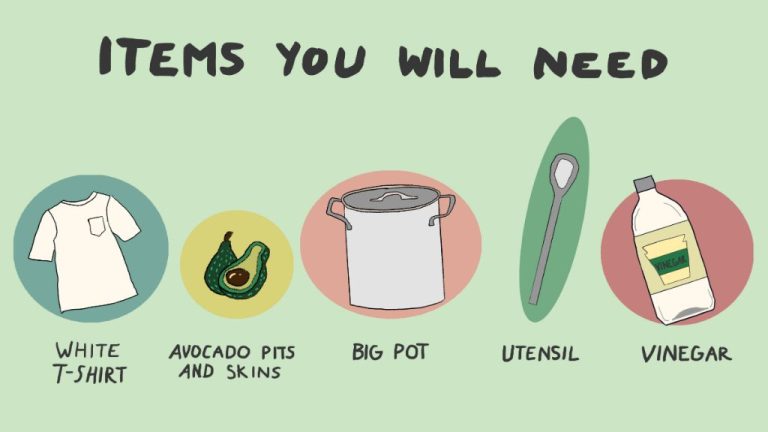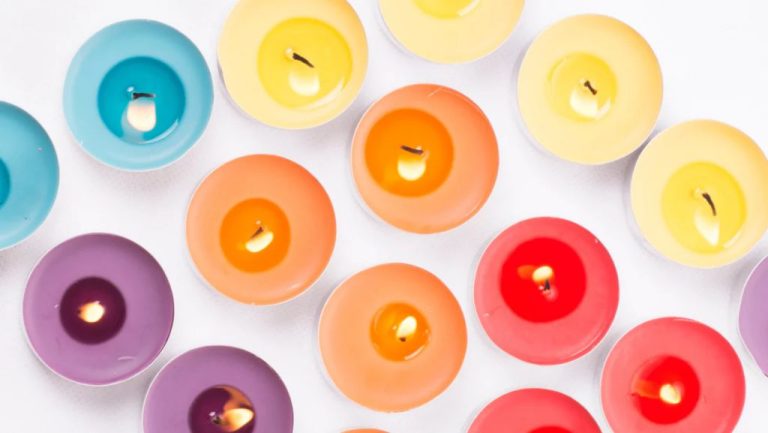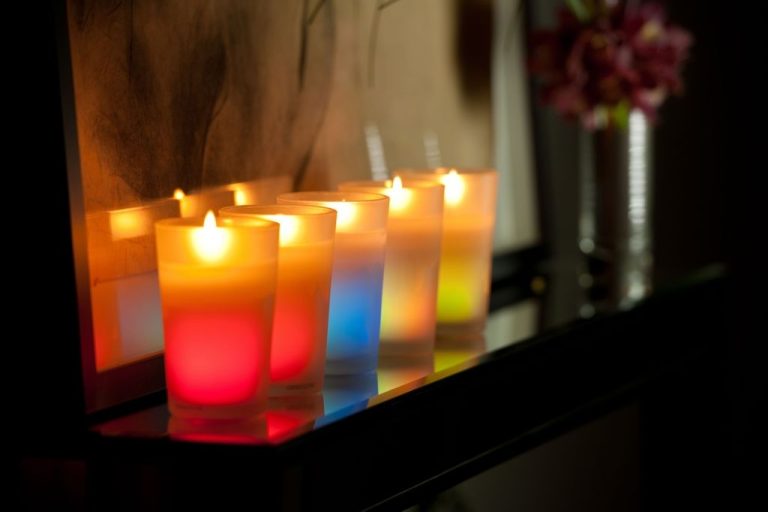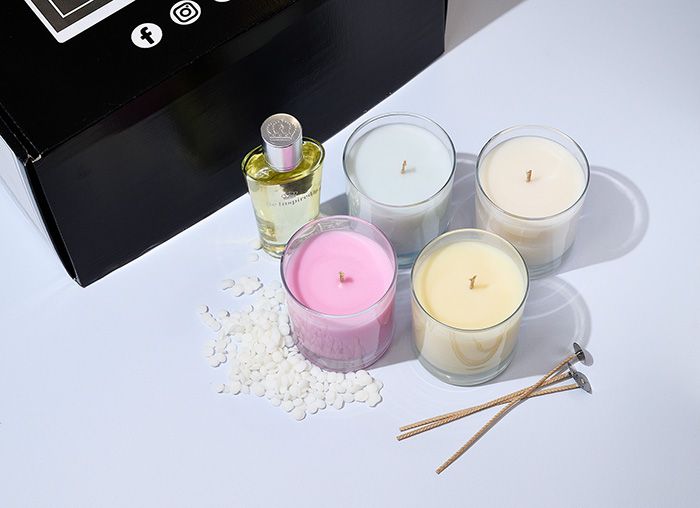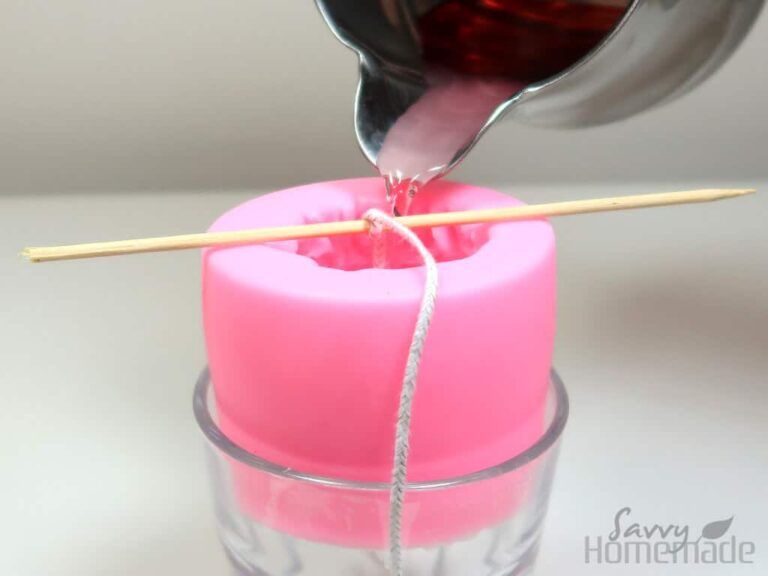How Can I Dye My Clothes Orange At Home?
Dyeing your clothes orange at home can be an enjoyable and creative way to add some bright color to your wardrobe. However, it can also be challenging without the proper supplies and techniques. Some key benefits of home dyeing include:
- Cost savings – Home dyeing is usually much cheaper than buying pre-dyed orange clothing.
- Customization – You can achieve the exact shade of orange you want by mixing dyes.
- Creative fulfillment – Dyeing your own clothes allows you to express your creativity.
However, there are some challenges to keep in mind:
- Messiness – Dye can stain hands, clothes and work surfaces, so preparation is key.
- Colorfastness – Home dyed clothes may fade or bleed quicker than professionally dyed items.
- Difficulty achieving an even color – Without proper technique, home dyed clothes can look splotchy or uneven.
With some planning and care, these challenges can be minimized. This guide will walk through the entire process so you can successfully dye clothes orange at home.
Safety Precautions
When dyeing clothes at home, it is important to take proper safety precautions. This involves wearing protective gear such as gloves and an apron, as well as working in a well-ventilated area.
Gloves are recommended when dyeing with any type of dye to prevent skin irritation or staining. Latex, rubber, or nitrile gloves work well for dyeing. An apron can help protect your clothing from splatters or spills while working with dyes. Wear an apron that you don’t mind getting stained.
Make sure to work in an area with good ventilation, such as outside or near an open window. Avoid breathing in dye powders or fumes from heated dyes. The chemicals used in synthetic textile dyes can be toxic if inhaled, so ventilation is key [1].
It’s also a good idea to cover any surfaces you don’t want stained and have paper towels on hand in case of spills. Take care when handling heated pots of dye or water to avoid burns. Following basic safety guidelines will allow you to enjoy dyeing fabrics at home safely.
Supplies Needed
To dye clothes orange at home, you will need the following supplies:
- Orange dye – An all-purpose orange fabric dye like Tulip or Rit Dye will work well. You can find these at craft stores or online retailers like Amazon.
- Buckets or pots – You’ll need one bucket or pot for the dye bath and another for rinsing.
- Stir sticks – Use wooden spoons or stir sticks to mix the dye bath.
- Salt – Salt helps the dye absorb into the fabric. You’ll need 1/2 cup per dye bath.
- White vinegar – Add 1/2 cup white vinegar to help set the dye.
Make sure to wear old clothes and gloves during the dyeing process. Cover any surfaces that could get stained. It’s also a good idea to work outside if possible.
Prepping the Clothes
Before dyeing your clothes, you’ll need to prep them properly so the dye adheres evenly. Start by washing the clothes you want to dye using a detergent but no fabric softener. Fabric softeners and conditioners leave a coating on the fibers that will prevent the dye from absorbing fully. Per the experts at Martha Stewart, “When preparing fabric for dyeing, avoid using fabric softener. The lubricating oils in dryer sheets and liquid fabric softener prevent dyes from absorbing evenly into fabric fibers.”1
Wash the clothes in hot water if possible to remove any residues. Rinse thoroughly until the water runs clear. Don’t use the dryer, as heat from the dryer can set in detergent residues. Allow the garments to air dry fully before dyeing.
Making the Dye
To make orange dye, you will need to mix red and yellow dye powders. Start by filling a pot with at least enough hot water to fully submerge the items you plan to dye. Follow the instructions on the dye package for the correct amount of dye powder to add based on the amount of water. For example, according to Rite Dye, add 1 package of dye powder to each 1 quart of water (See Rit Dye How to Mix Colors).

Once the dye powder is added, stir continuously until fully dissolved. For brighter, more vibrant colors, add 1/4 cup white vinegar and 1/2 cup salt to the dye bath. The vinegar helps the dye bind to the fabric while the salt makes the colors more intense (See Instructables: This Orange is to Dye For). Continue stirring over low heat until both the salt and vinegar have fully dissolved.
Dyeing the Clothes
Once the dye bath is prepared, it’s time to submerge the clothes. Make sure the clothes are wet before placing them in the bath. Submerge the clothes fully, moving them around to ensure even saturation. Let them soak for at least 30 minutes, stirring occasionally to prevent uneven dyeing. The longer you soak, the more intense the color will be. For extra vibrant results, soak for up to an hour, stirring every 10-15 minutes. Check the color regularly and remove the clothes when you’re happy with the shade. Make sure to wear gloves during this process to prevent staining your hands.
As you soak the clothes, keep the following tips in mind:
– Stir well to prevent splotchiness. Move the clothes around frequently 1.
– Check all sides of the clothes to ensure even coverage. Flip periodically.
– For sheer fabrics, soak for shorter periods to avoid overdyeing.
– Add more dye as needed if color seems too light.
With good stirring and soaking, you’ll achieve deep, vibrant orange clothes using this homemade dye.
Rinsing
After dyeing your clothes, it’s important to rinse them thoroughly to remove any excess dye. Begin by rinsing the dyed clothes with cold water until the water runs clear and you don’t see any more dye being released (https://sarahmaker.com/wash-tie-dye/). You’ll likely need to rinse for 5-10 minutes, gently squeezing the clothes periodically to help release the dye. Make sure to rinse in cold water, as hot water can cause the dye to spread or bleed, ruining your design.
Continue rinsing until no more dye comes out when you squeeze the clothes. You want the water to run completely clear. Don’t be afraid to change the water multiple times during this rinse process if it starts to become discolored again. Thorough rinsing is key for preventing dye from bleeding in the wash later. Take your time with this step to ensure all excess dye is removed.
Drying
After rinsing the dyed clothes thoroughly, it’s time to dry them. It’s recommended to hang dry the clothes rather than machine drying them. Hang drying allows the dyes to fully set in the fabric without the agitation of a machine dryer. Though you can tumble dry on low if needed, the friction of the dryer can cause excess dye to rub off.
According to ehow.com, “When tie-dying, it can take a long time to dry each item in the dryer separately, and if the clothing is not rinsed properly, the dyes can color the inside of your dryer.”
Allow the dyed clothes to air dry fully before wearing or washing again. Drying the clothes outside in sunlight can help set the dyes.
Storing Leftover Dye
To prolong the lifespan of homemade dye, it’s best to store any leftover dye solution in an airtight container in a cool, dark place like the refrigerator. While commercial dyes like RIT last about a week according to Chandye, keeping the dye chilled can extend its shelf life. Proper storage also prevents the growth of bacteria and mold. Use a clearly labeled jar or bottle indicating the dye color and date mixed. Placing a piece of plastic wrap directly on the surface before sealing can help block oxygen exposure. Leftover dye kept refrigerated may last up to a month.
Conclusion
Orange can be a fun, bright color to dye your clothes at home. To review the process, it’s important to take safety precautions by working in a well-ventilated area and wearing gloves. Gather your supplies, like orange dye, salt, and other modifiers. Prep your clothes by washing and drying them. Make the dye bath according to package directions. Submerge your clothes, stirring often, for 30-60 minutes. Rinse thoroughly in cool water until the water runs clear. Hang dry the clothes away from direct sunlight. Store any leftover dye properly for future use.
Tips for achieving the best results include using natural fibers like cotton, linen or rayon as they absorb dye better than synthetic fibers. Make sure to thoroughly wet the clothing before submerging in the dye bath. Keep stirring the clothes in the dye so the color distributes evenly. Be patient – darker shades require longer dyeing times. With the right preparations and techniques, you can achieve vibrant, custom-colored clothes with homemade dye.

